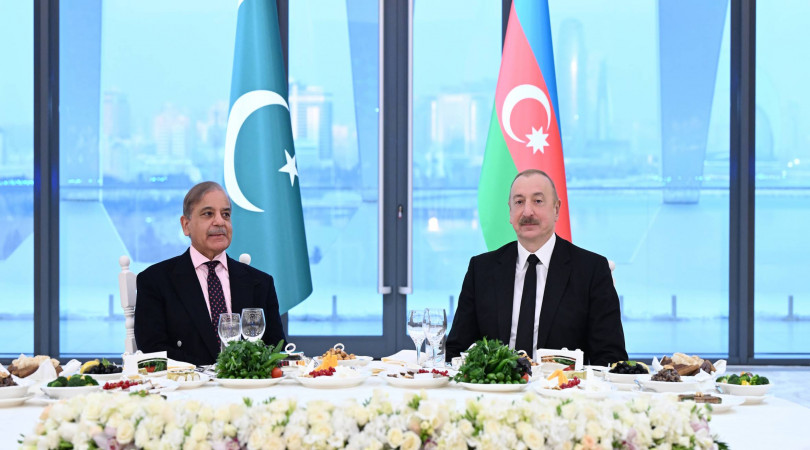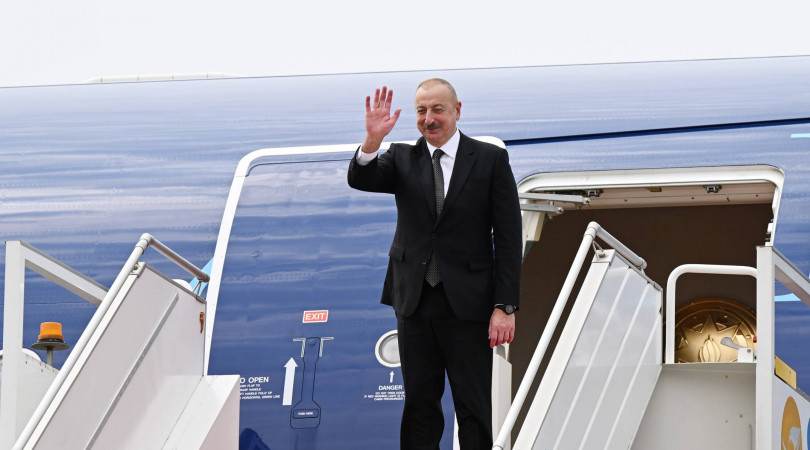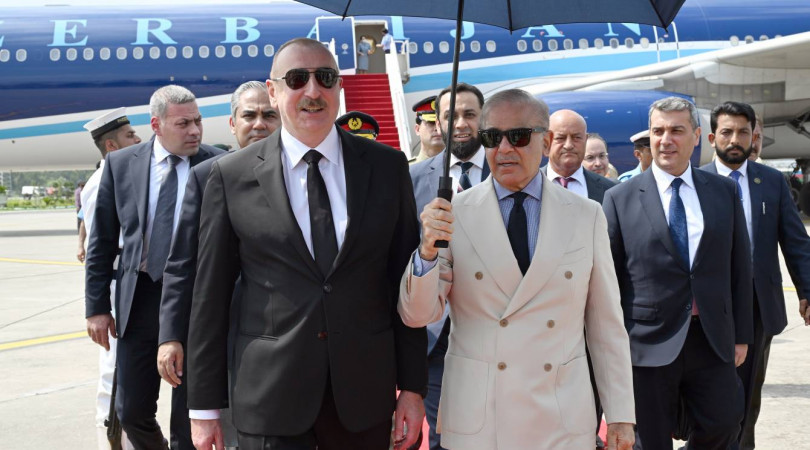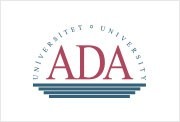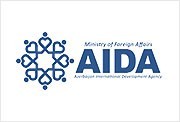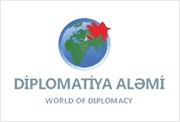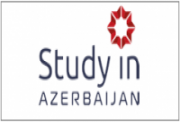31 March is a Day of Genocide
The President of the Republic of Azerbaijan HeydarAliyev announced on 26 March, 1998 that every year on 31 March Azerbaijan remembers the Day of Genocide of Azerbaijanis stating ”Taking advantage of the situation following the end of the First World War and the February and October 1917 revolutions in Russia, the Armenians began to pursue the implementation of their plans under the banner of Bolshevism. Under the watchword of combating counter-revolutionary elements, in March 1918 the Baku commune began to implement a criminal plan aimed at eliminating Azerbaijanis from the whole of Baku province”. People of Azerbaijan pay their respects to the victims of massacre and ethnic cleansing conducted as a result of imperial policies in the region and waves of Armenian aggression on 31st March.
The background of this genocide dates back to the bilateral agreements named Gulustan and Turkmenchay signed in 1813 and 1828 between Iran and Russia. This agreement provided the legal ground for the partition of the nation of Azerbaijan and division of its historical lands. The occupation of the lands continued the national tragedy of Azerbaijan people. Within a short time, gross settlement of Armenians from Iran and Turkey in the territories of Azerbaijan has begun for instance in Iravan, Nagorno-Karabakh, Nakhchivan, Zengezur, Dereleyez, Ordubad, Vedibasar and others. But native population of Azerbaijan formed the majority despite settlement of Armenians. To prove that Armenian are in majority, they adopted the policy of Genocide against Azerbaijanis because the idea was to create”Great Armenia” . The occupation of Azerbaijani territories became an integral part of the genocide.
For materializing the idea of ”Great Armenia” Armenia started brutality against Azerbaijan and violence on civil population between the year 1905-1907 which resulted the killing of thousands of Azerbaijanis. But this was not the end of their barbarianism as Armenian took advantages of situation followed by WWI and also from the revolution in Russia so they started working under the umbrella of Bolshevism. In 1918 the leader of the Russian Bolsheviks Vladimir Lenin appointed Stepan Shaumyan the extraordinary Commissar of the Caucasus and sent him to Baku.
The Bolsheviks seized power in Baku and created conditions for the Armenian armed formations to realize their secret purposes so they formulated a plan to eliminate the Azerbaijanis from the whole Baku Province. On March 3, Armenians began the mass slaughters of the Azerbaijanis.
By the acknowledgements of Stepan Shaumyan, 6000 armed soldiers of the Baku Soviet and 4000 armed men from Armenian ”Dashnaktsutyun” party took part in the massacre of the peaceful Azerbaijanis. On 6 pm of March 30, 1918 Baku was filled with fighting. The Armenians set on fire homes and burned people alive.
They destroyed national architectural treasures, schools, hospitals, mosques and other facilities, and left the greater part of Baku in ruins. Besides Armenian cruelty in Baku, Shamakhi and Guba districts and the Karabakh, Zangazur,Nakhichevan, Lankaran and other regions of Azerbaijan were the major target of this brutal Genocide. In these areas, the civilian population was exterminated, with villages put to the torch and national cultural monuments ruined and destroyed.
Azerbaijan started giving special attention to events of March 1918 after the Proclamation of ADR (Azerbaijani Democratic Republic). Genocide against Azerbaijan was given the political assessment for the first time when 31st March was observed as the national day of grief and sorrow by ADR in 1919 and 1920.
Different resources stated different number of causalities during the events of March of 20th century. The May 1918 dispatch of the New York Times stated that \”2000 were killed and 3000 were wounded.
Later 1919 publication by the New York Times concluded that 12,000 people were killed during the March Days of 1918. The same publication wrote that according to Azerbaijani representatives, Bolsheviks crushed Muslims with assistance from Armenians who wanted to ”wipe out old enemies and seize their lands”. The post-1920 New York Times editions used the same figure of 12,000 victims, as did several historians.
Azerbaijani delegation to the 1919 Paris Peace Conference provided the following interpretation of the March Days: In that bloodthirsty episode, which had such fatal effects upon the Muslims, the principal part was played by the Armenians, who were then in Baku, clustering as elsewhere around their nationalist party [ARF]… The truth is that the Armenians under the guise of Bolshevism, rushed on the Muslims and massacred during a few frightful days more than 12,000 people, many of whom were old men, women, and children.
Besides the genocide during March 1918-1919, on the Night of February 25-26 1992, the Armenians committed unprecedented massacre of the population of the Azerbaijani town of Khojaly. The bloody tragedy, which became known as the Khojaly Genocide, resulted in extermination or capture of thousands of Azerbaijanis; the town was razed to the ground.
Addressing the nation on the occasion of the Day of Genocide of Azerbaijanis, President Aliev stated, ”…In contrast to the aggressive Armenian nationalists who unceasingly declare to the world about the pseudo-genocide and use it for the purpose of getting political- financial dividends and to achieve some ”compensations” we do not follow such kind of aims informing the world about truth of the genocide of Azerbaijanis. We consider that in the modern world territorial claims against another state, ideology of hate against the whole nations, attempts to solve the arguable issues between the states and peoples by military means are inadmissible. At the same time, the whole world should know the truth about the real genocide…”

